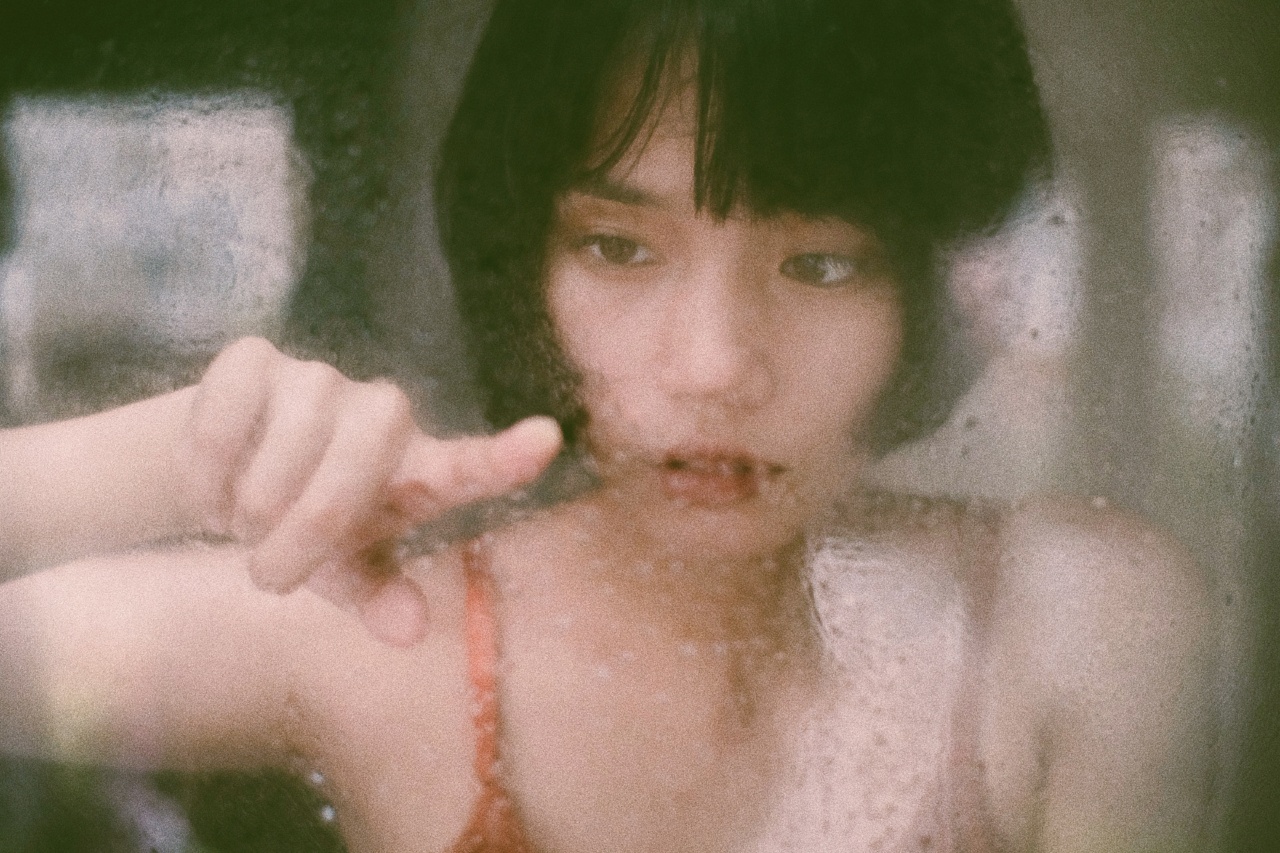Depression is a serious mental health condition that affects millions of people worldwide. It is characterized by persistent feelings of sadness, loss of interest in activities, and a lack of motivation.
While there are various factors that can contribute to the development of depression, one surprising link that has been discovered is the role of light.
The impact of natural light
Exposure to natural light has long been associated with various health benefits, both physical and mental. Sunlight is a rich source of vitamin D, which is essential for maintaining healthy bones.
Additionally, sunlight can also help regulate the body’s internal clock, leading to better sleep patterns and an improved mood.
Studies have shown that people who spend more time outdoors and are exposed to natural light have lower rates of depression compared to those who spend most of their time indoors.
This suggests that there is a positive correlation between natural light exposure and mental well-being.
The role of artificial light
While natural light has numerous benefits, artificial light can have the opposite effect on mental health. The most significant source of artificial light that impacts our daily lives is electronic devices such as smartphones, tablets, and computers.
These devices emit blue light, which can interfere with our sleep patterns and disrupt the production of melatonin, a hormone that plays a crucial role in regulating sleep.
Research has shown that excessive exposure to blue light in the evening can lead to insomnia and a higher risk of developing depression.
Blue light can suppress the release of melatonin, making it difficult to fall asleep and stay asleep, leading to sleep deprivation. Chronic sleep deprivation is strongly linked to the development of depression and other mental health disorders.
The influence of light therapy
Light therapy, also known as bright light therapy or phototherapy, is a treatment method that utilizes exposure to specific wavelengths of light to treat various mental health conditions, including depression.
This therapy involves sitting in front of a specially designed lightbox that emits bright light, mimicking natural sunlight.
Light therapy has been found to be an effective treatment for seasonal affective disorder (SAD), a type of depression that occurs during certain seasons, typically in the winter months when there is less natural light.
The bright light provided by light therapy can help regulate mood, increase energy levels, and restore healthy sleep patterns.
The potential benefits of natural light exposure
With the understanding of the impact of light on mental health, there is growing interest in incorporating natural light exposure as part of treatment for depression.
Some studies have suggested that spending more time outdoors during daylight hours can have a positive effect on symptoms of depression.
Being exposed to natural light can increase serotonin levels in the brain, a neurotransmitter that plays a crucial role in regulating mood.
Moreover, sunlight exposure is also believed to influence the production of endorphins, known as “feel-good” chemicals, which can further improve one’s emotional well-being.
Furthermore, spending time in nature and engaging in outdoor activities can also have a positive impact on mental health by reducing stress levels and promoting relaxation.
The combination of natural light and the therapeutic effects of nature may provide a holistic approach to managing and preventing depression.
The importance of managing light exposure
While natural light can have numerous benefits, it is essential to strike a balance and manage light exposure in a way that promotes optimal mental health. Here are a few tips:.
1. Seek natural light
Make an effort to spend time outdoors during daylight hours, especially in the morning. Take a walk in a park, sit by a window, or simply have your lunch outside whenever possible.
Even brief periods of natural light exposure can have a positive effect on your mood and well-being.
2. Limit screen time
Reduce your exposure to artificial light from electronic devices, particularly in the evening. Avoid using smartphones, tablets, or computers for at least an hour before bedtime.
If necessary, use blue light filters or install applications that adjust the device’s screen color temperature to minimize the impact of blue light on your sleep patterns.
3. Consider light therapy
If you are experiencing symptoms of depression, particularly during the winter months, consider incorporating light therapy into your treatment plan.
Consult with a healthcare professional to determine the appropriate duration and intensity of light therapy sessions.
4. Prioritize sleep hygiene
Establish a consistent sleep schedule and create a sleep-friendly environment. Keep the bedroom dark, cool, and quiet to optimize your sleep quality.
Consider using blackout curtains or an eye mask to block out external light sources that may interfere with your sleep.
Conclusion
Light, both natural and artificial, plays a significant role in our mental health, particularly when it comes to depression. Natural light exposure has been linked to improved mood, better sleep patterns, and a lower risk of developing depression.
On the other hand, excessive artificial light, especially blue light from electronic devices, can disrupt our sleep-wake cycle and increase the risk of depressive symptoms.
By prioritizing natural light exposure, limiting screen time, considering light therapy, and focusing on sleep hygiene, we can take steps to manage our light exposure and promote better mental well-being.
Incorporating these strategies into our daily lives may help mitigate the risk of depression and enhance overall emotional health.































